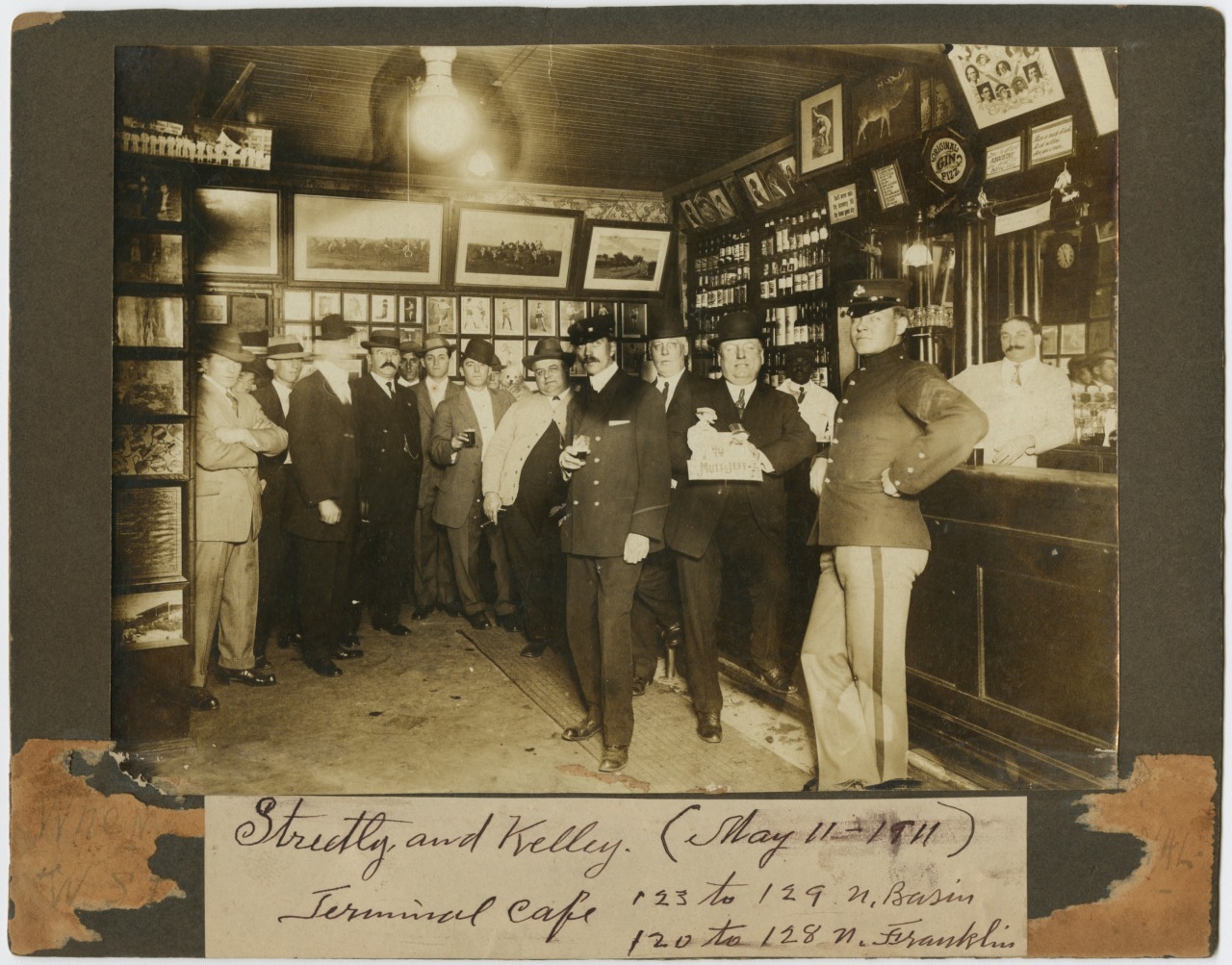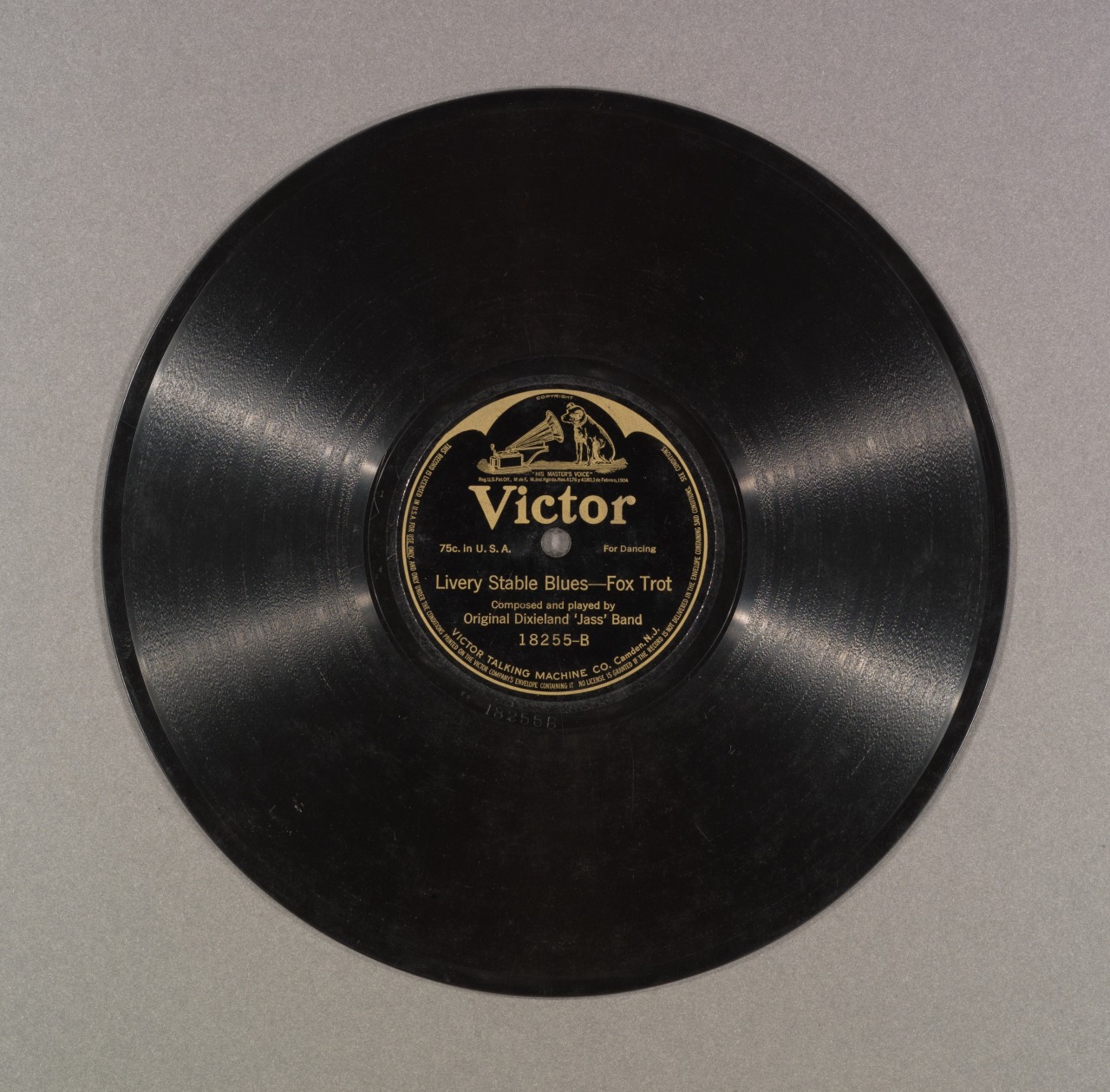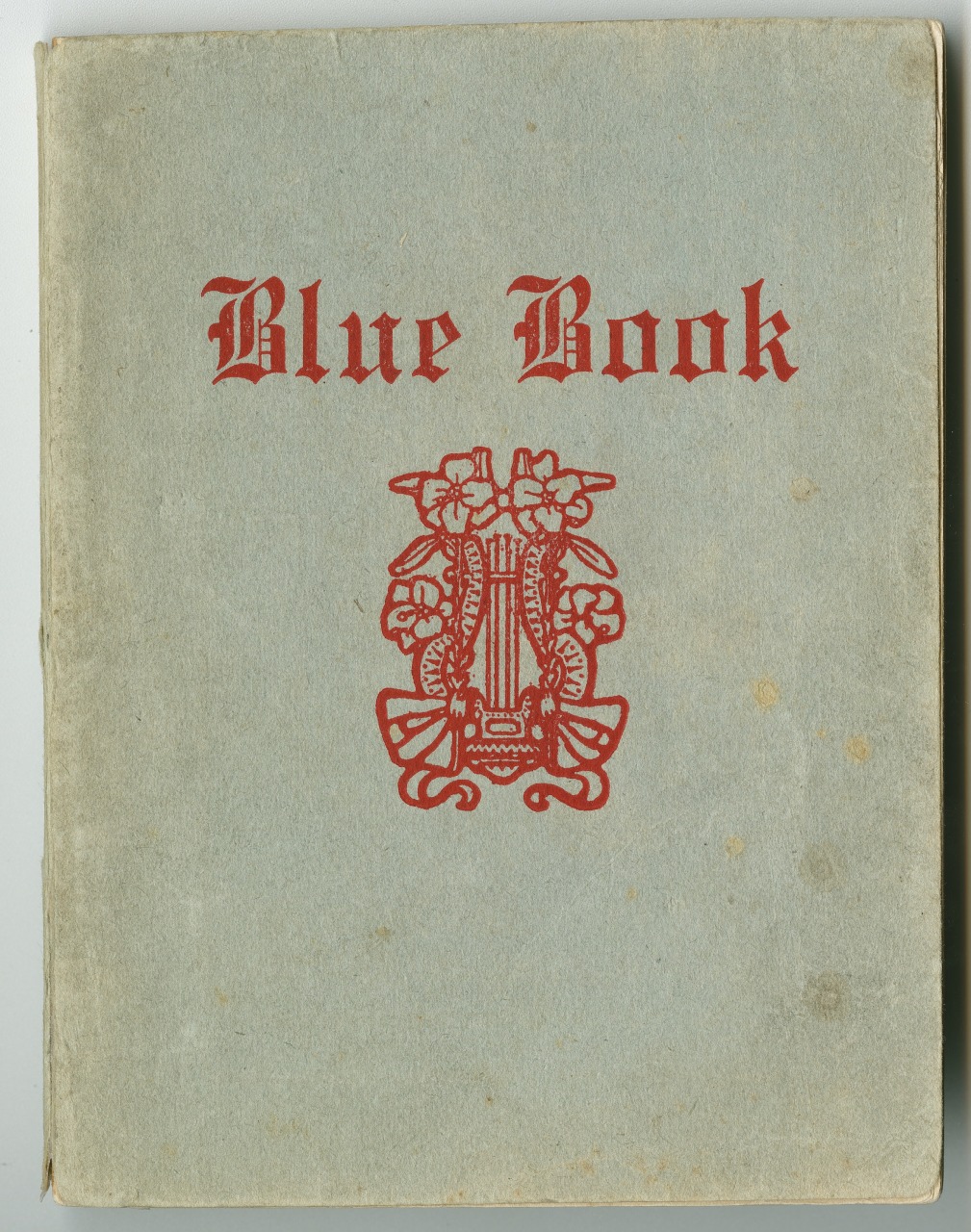In 1897 Alderman Sidney Story introduced a city ordinance, which would go into effect the following year, designed to isolate prostitution to a vice district just north of the French Quarter. This area became known as Storyville, to Story’s dismay, but most of the neighborhood’s inhabitants, employees, and visitors simply referred to it as the District. Even though Storyville was not the country’s first legally designated red-light district or its first attempt to regulate prostitution, the neighborhood’s notoriety has lingered longer than most. Storyville became a financially successful entertainment mecca, attracting white men of means from around the country as part of the city’s emerging winter tourism economy. Concurrently, a separate red-light district for African American patrons—known as Uptown, or Black, Storyville—operated quasi-legally near the site of today’s city hall. All told, the history of Storyville encompasses a tangle of themes, including prostitution, music, money, racial identity, segregation, drug and alcohol abuse, violence, displacement, and racial and sexual exploitation.
Twenty years into the experiment, the District was in a state of decline, facing pressures from social and political changes sweeping the nation, including the country’s entry into World War I. In 1917 the federal government prohibited open prostitution within five miles of any military installation, forcing the closure of red-light districts across the nation. The curtain fell on Storyville on November 12, 1917. That same year, the Original Dixieland Jazz Band, a group of white musicians from New Orleans, recorded what is considered the first jazz record. Featuring “Livery Stable Blues” and “The Original Dixieland Jass Band One-Step,” the record was released by Victor and quickly became an international hit, contributing to the spread of New Orleans jazz music that presaged the Jazz Age.

Photograph showing Southern Railway Terminal
ca. 1920
by Charles L. Franck Photographers
The Historic New Orleans Collection,The Charles L. Franck Studio Collection, 1979.325.6112

Interior of Terminal Café
May 11, 1911; photoprint mounted on card
The Historic New Orleans Collection, 2000.80.5

Postcard showing view of Storyville
between 1904 and 1908
by C. B. Mason, publisher
The Historic New Orleans Collection, 1979.362.16

Newspaper clipping announcing the passage of the ordinance restricting prostitution to the district bound by Customhouse (now Iberville), Basin, N. Robertson, and St. Louis Streets
from the New Orleans Daily Picayune
January 1897
courtesy of Louisiana Division / City Archives, New Orleans Public Library

Original Dixieland Jazz Band’s first record
1917
by RCA-Victor
The Historic New Orleans Collection, The William Russell Jazz Collection, acquisition made possible by the Clarisse Claiborne Grima Fund, MSS 529, 92-48-L.54

Blue Book
New Orleans, [between 1913 and 1915]
The Historic New Orleans Collection, 77-2346-RL
